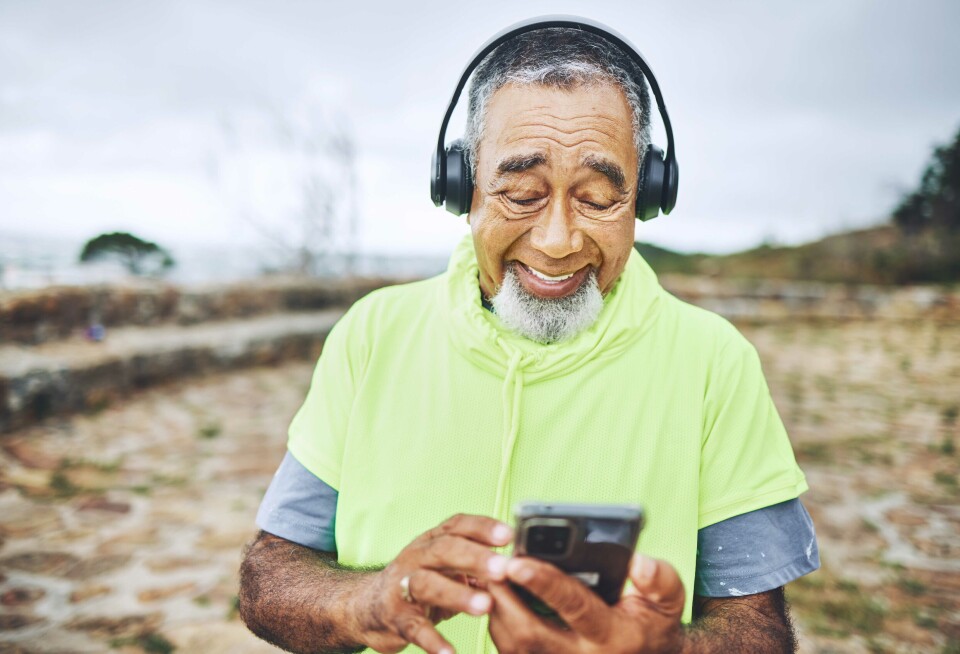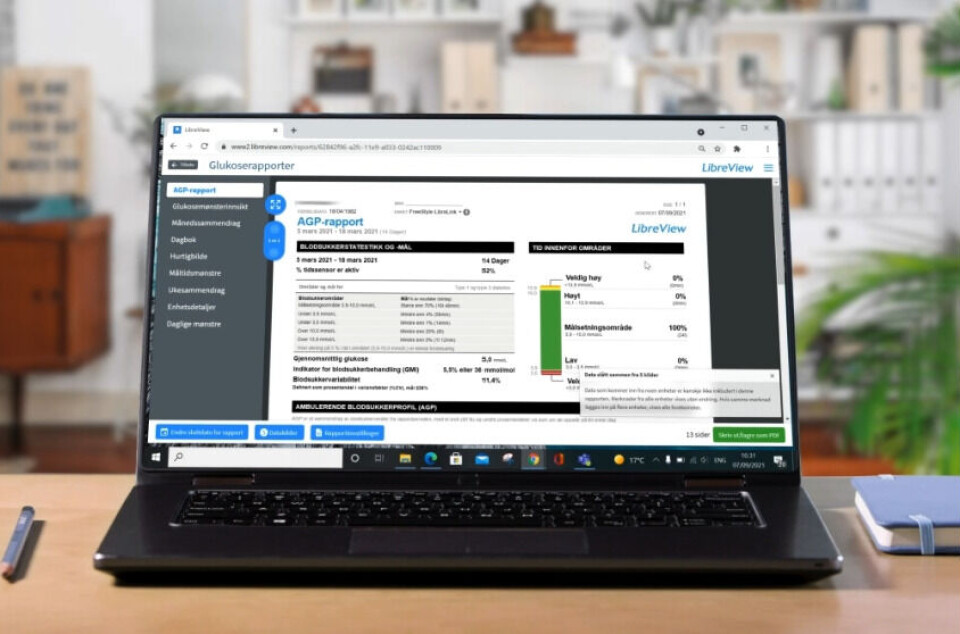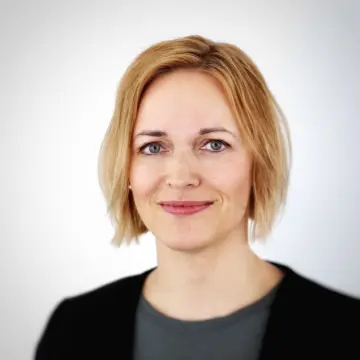THIS CONTENT IS BROUGHT TO YOU BY the Norwegian centre for E-health research - read more

Health data is difficult for users to access
Users of health apps and medical devices are often frustrated by strict privacy regulations.
In the field of health and disease management, the Internet of Things (IoT) has gained enormous importance. IoT is technology that connects our objects to the internet and makes them smart.
People with diabetes, for example, have been able to make their lives easier and safer by using advanced insulin pumps and body-worn glucose meters.
They can live more flexibly, avoid pricking their fingers, and can more easily manage their disease effectively. Parents can also monitor their children's illness and medication.
Could health data become more useful?
Researcher Pietro Randine at UiT The Arctic University of Norway and the Norwegian Centre for E-health Research is working to find out how health data registered by the user can become even more useful.
He has analysed terms of use and privacy statements for diabetes medical devices approved by Norwegian health authorities.
“I interviewed healthcare professionals at Norwegian hospitals. They were doctors and nurses in the field of endocrinology and worked with diabetes treatment and medical devices on a daily basis,” says Randine.

Medical specialists in hormone diseases are called endocrinologists. It is part of internal medicine.
In the study, both users and healthcare professionals responded that the most important thing was to obtain health data that contributed to good management of the disease.
When a sensor on the skin measures glucose levels, the insulin pump receives information about how much insulin to deliver. The dose is delivered to the body via a thin tube under the skin, often on the abdomen. An app on their phone notifies the user of measurements and dosages.
“Doctors and nurses want to see real-time data from both an insulin pump and a smartwatch. Additional information such as sleep and physical activity is important information. It can supplement the other medical tests. But at present, this data is difficult to access. There are a lot of different systems that don't talk to each other,” says Randine.
One system for everything?
One of the nurses he interviewed replied:
'You're trying to create a system for everything? Yes, that's a lofty goal!'
“And then she laughed afterwards,” says Randine.
At the time, he had explained that he would try to open up the equipment suppliers' systems so that users and healthcare professionals could see the user's information in real time.
“I also wanted to link user data from the medical equipment to the electronic patient record. There are many benefits for those who need to monitor their health and treatment. It also benefits healthcare workers who need an overview of things that affect health status, such as sleep, physical activity, and diet,” he says.
What he discovered was disheartening.
“I examined the privacy statements of a number of software systems. Some explicitly state that it's not allowed to transfer the user's health data to an electronic patient record. It says that the user can only download or print out their information,” says Randine.
He did not think it was good enough and understood what he had to do.

“This is data that belongs to the user and is important and useful for better follow-up. But then it's locked away in the suppliers' software. We therefore need to link information from pumps, apps, smartwatches, and smart rings to the patient record. Everything must be visible to the healthcare team during a meeting with the patient,” he says.
Long and complicated
The guidelines governing the use of medical devices can be overwhelmingly long and difficult to understand.
“Unfortunately, suppliers use language that requires the reader to have a high level of legal and digital expertise. Few of them do," Randine says.
For users, this can create a dilemma. They may feel that there are many advantages to using the equipment and thus accept these guidelines.
"The alternative is to navigate complex documents. As a result, they end up agreeing to terms that they don't fully understand the consequences of,” he says.
Today's development of medical device technology is largely dominated by companies outside the EEA. Randine believes that more research is needed into users' understanding of information and how their health data is stored and shared.
“In addition, there is a need for healthcare workers to learn more about data security and privacy. My findings show that healthcare professionals are most concerned with functionality when recommending tools to users,” he says.
A standardised approach to data sharing in the healthcare sector can also make a positive contribution.
Medical equipment can then be integrated into patient record systems. This can simplify the work of healthcare professionals. They would no longer have to log into multiple systems to view patient data.
References:
Randine et al. Privacy Concerns Related to Data Sharing for European Diabetes Devices, Journal of Diabetes Science and Technology, 2023. DOI: 10.1177/19322968231210
Randine, P. Dia-Continua: An Information System for Type 1 Diabetes Consultation. (Interoperability, Privacy, and Information Quality on a FHIR-Based Information System for Type 1 Diabetes Consultations based on Patient-Generated Health Data, Doctoral dissertation at UiT The Arctic University of Norway, 2024.
———
Read the Norwegian version of this article on forskning.no

This content is paid for and presented by the Norwegian centre for E-health research
This content is created by the Norwegian centre for E-health research's communication staff, who use this platform to communicate science and share results from research with the public. The Norwegian centre for E-health researchis one of more than 80 owners of ScienceNorway.no. Read more here.
More content from the Norwegian centre for E-health research:
-
Technology in the health and care sector: "This is not just about new gadgets"
-
Five Nordic and Baltic countries take a major step toward the future of health research
-
A digital chatbot can help you stay fit
-
Researchers' advice for better healthcare services: Listen to the patient!
-
Half of those who received mental health care found errors in their medical records
-
AI can understand your medical records: A new language model could revolutionise healthcare





































